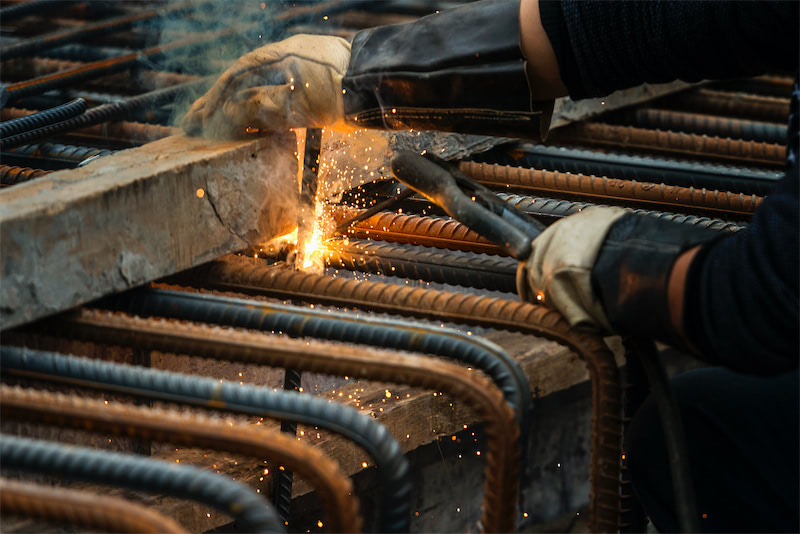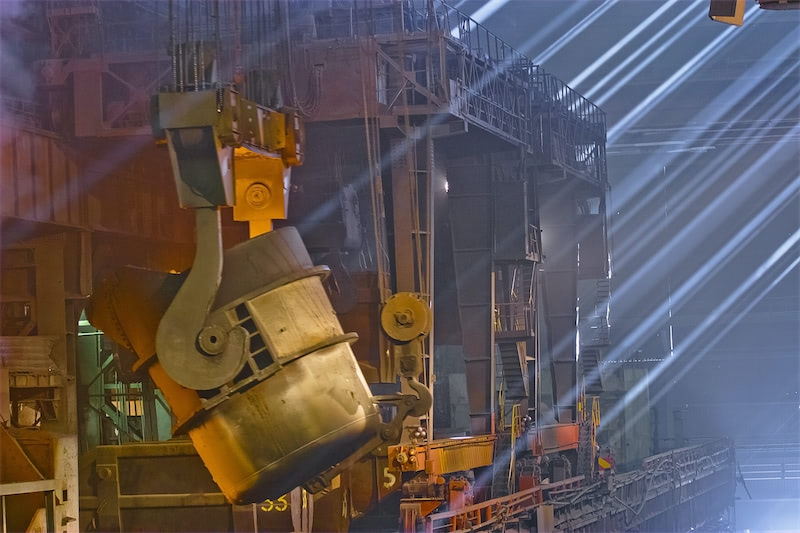






SHANGHAI, Apr 3 (SMM) - In 2024, the operating rate of zinc oxide enterprises was 41.17% in January, up 21.91 percentage points from 19.26% in 2023 and 6.79 percentage points from 34.38% in 2022. The operating rate was relatively stable compared with the same period in history. SMM analyzed that the main reason was that the operating rate was low in 2023 due to the impact of the COVID-19 pandemic, and it recovered in 2024. It is worth noting that the weekly operating rate during the Chinese New Year this year hit a record low of only 1.4%. During the Chinese New Year holiday, most companies closed their production lines, and they started taking holidays a week before CNY. After the holiday, they started working around Feb 24. It took a week after the start of work to basically return to normal production. Currently, companies are not optimistic about orders in mid-to-late April.
Rubber sector maintained a good trend after the CNY, especially the increase in orders in March encouraged related zinc oxide companies. The main reason was the resumption of tire production. The production of all-steel tires increased slightly, and the operating rates of semi-steel tires increased significantly driven by new energy vehicles. However, it has been learned recently that the market competition for rubber tires is very fierce, the market is gradually saturated, price competition is gradually squeezing corporate profits, and some companies have reduced production. They are not optimistic about the future. Some companies stated that the promotion of all-steel tires by the peak season of the transportation industry has basically passed, and the production of all-steel tires will also show a downward trend in the future. The only driving force in the tire sector is the semi-steel tire market.
Since the main market consumption of the ceramic sector is real estate soft furnishings, the ceramic sector was also unsatisfactory due to the sluggish real estate. After the Chinese New Year, the operating rate only returned to the pre-CNY level. Subsequently, relevant companies took a wait-and-see attitude towards future orders.
In the feed sector, feed-grade zinc oxide is mainly used as an auxiliary additive for piglet feed. Its dosage is mainly used as a preventive and non-essential product. In addition, piglet breeding has been affected by the recent downturn in pig prices, and breeding companies have reduced their investment in piglets. Feed-grade zinc oxide orders are relatively poor, and relevant companies are bearish on the future trend. It is expected that short-term orders will not show much sign of improvement, or will not change until the price of live pigs is expected to improve in the second half of the year.
Terminal consumption in the electronics and battery sectors was relatively stable, with normal purchases and stockpiling in January. The resumption of work after the Chinese New Year was relatively stable, and orders for zinc oxide companies returned to normal after the holiday.
Taken together, under the influence of the Chinese New Year holiday in the first quarter of 2024, the overall operating rate is weak, and most companies have a wait-and-see attitude towards the future. Many domestic companies are seeking new opportunities, and some companies are looking to the development in Southeast Asia.
For queries, please contact Lemon Zhao at lemonzhao@smm.cn
For more information on how to access our research reports, please email service.en@smm.cn

